Running away from himself in 1982
Since its release, Blade Runner hasn’t amassed an audience in cinemas, but has been given a new lease of life with videotapes. Like many progenitors of genres, it remained misunderstood for a long time. Viewers and critics were waiting for a cool action movie, but received a stylish film to the music of Vangelis, where each frame is a finished picture. The night city, through the crowded streets of which the protagonist wanders, pulling his hat over his eyes and thrusting his hands into the pockets of his cloak; neon lights, gloomy outskirts of the metropolis, flying cars, talking mechanisms, robots in love – critics found it difficult to classify what they see on the screen.
Style features
Ridley Scott was ahead of his time and created the first and unique at that time model of the “noir of the future”, full of cynicism, pessimism, black melancholy, disdain for life. Behind the bright advertisements on the walls of skyscrapers – complete corruption, both physical and moral; unique technologies do not help people, but serve to corrupt and enslave them. The quintessential industrial era dystopia that would lead to the birth of cyberpunk confused untrained audiences in 1982.
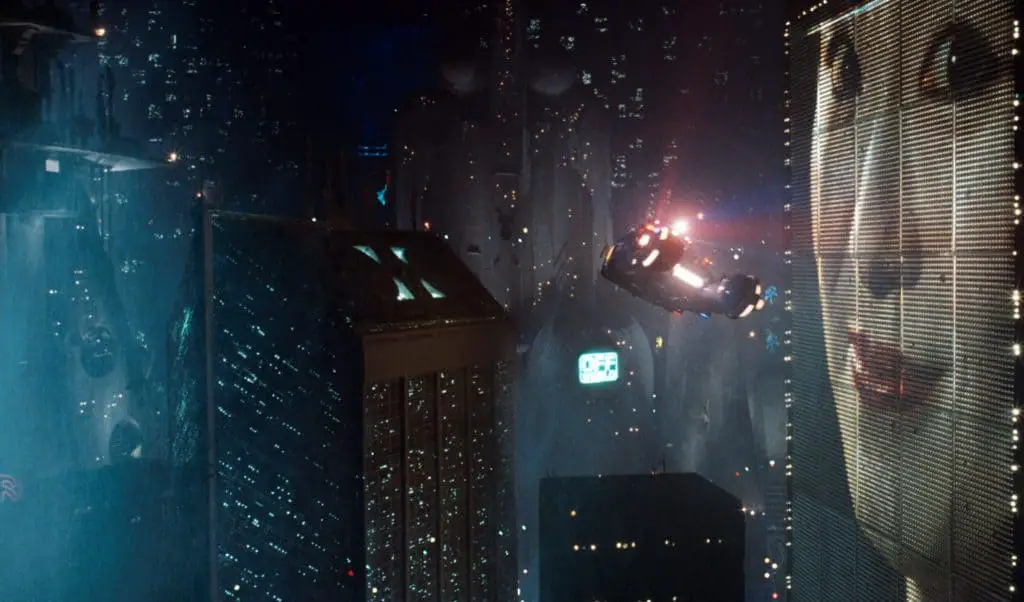
The movie now looks like a prophecy; the creators actually predicted many of the problems of modern humanity: overpopulation, genetic engineering, cloning, globalization.
The pyramids of the omnipotent Tyrell corporation are a reference to the Mayan pyramids, a symbol of human sacrifice, a sign of a slave-owning society in which human destinies are sacrificed to please the “masters of life”.
Variants and versions
Today, the viewer is watching the wrong Blade Runner, which was released almost 30 years ago. Due to the fact that the filmmakers could not decide on the answers to the fundamental questions, which they themselves asked, there are two working versions (regular and extended), initial, international, television, directorial and final.
They differ fundamentally – in one happy ending, in the others – a tragic end, and the final one has an open ending.
Alive and inanimate: the main conflict of the film
The man of the future has learned to take care of himself and appreciate, but someone has to do hard and not prestigious work! In the society where the pyramids of stone were built, this work was done by slaves. In 2019, according to Scott, this was done by androids – replicants. They are much stronger than people, hardier, even smarter, but they work in mines or go to the panel.
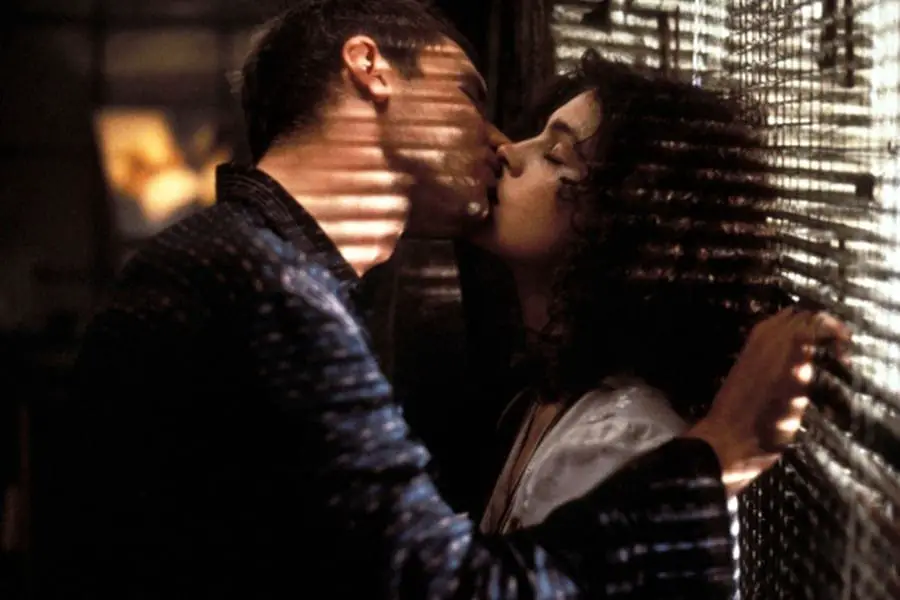
The creators of replicants understood that they had created potential competitors, and therefore laid a rigid genetic program in them. Each android is only given four years to live. But this does not save the new slave owners: their property periodically organizes riots. To kill the rebels, there is a special division of law enforcement agencies, which are called “blade runners”, that is, “blade runners” in literal translation.
Who are blade runners?
This term comes from the story of the writer A. Noors. “Blade Runner” was the name of the smuggling dealer. In the megacities of the future, according to Scott’s version, the “runners” catch and destroy replicants who have been barred from reaching the ground.

To recognize a replicant, the “runners” use “litmus paper” – the Voight-Kampf test, which should show the ability to empathize, since, according to the authors, androids are not capable of empathy. The hero, Rick Deckard, must recognize and destroy a whole group of replicants.
Who is Rachel?
The heroine of the film Rachel at the beginning appears in the guise of a classic “femme fatale”: red lipstick, hair gathered in a sophisticated hairstyle, a jacket with voluminous shoulder pads. But love for Riku changes her both internally and externally.
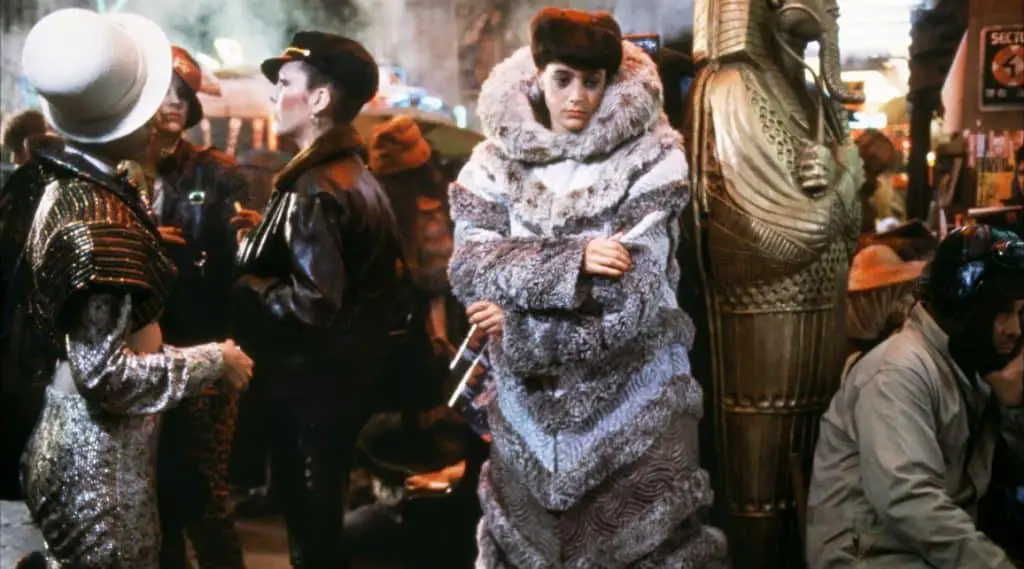
Rachel is a unique replicant. The head of the corporation was obviously tormented by the idea of creating an ideal example of an android that could deceive the “runners”. To do this, he implanted Rachel with his niece’s memory and the ability to empathize. The girl is sure that she is a real person. The love she has for Riku finally turns her into a woman.
Human or Replicant?
The main question hanging in the air is who Deckard is: human or not. Harrison Ford , who played Deckard, saw the hero as a human, and Scott as a replicant. Judging by the fact that the hero finds in the finale a paper figure of a unicorn, whom he often sees in dreams, he is a replicant – after all, how else could one learn about the content of his dreams? Only if these images were implanted in him, like false memories – in Rachel’s memory.
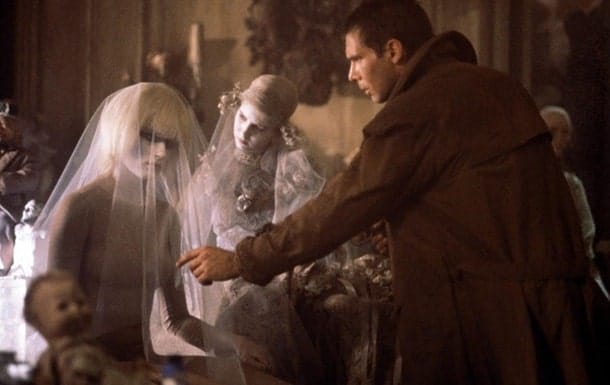
Perhaps earlier he was a supporter of the replicants: it is not for nothing that Roy Batti, the commander of the rebellious androids, immediately calls his name upon meeting, and the replicant girl Pris quotes the phrase of the philosopher Descartes.
On the other hand, if Rick is a replicant, the plot becomes flatter. This breaks the emotional connection between the hero and the viewer, who will view the conflict in the film from a distance, as another battle between robots. And Rick, the man who suddenly realizes that the creatures he must destroy are more human than he, will find a deep emotional response and compassion in the audience.
Two philosophers: what does a name mean?
The name of the protagonist Rick is a reference to Descartes, and Roy Beatty in the finale quotes Nietzsche, whose doctrine of the superman fits perfectly with the idea of creating replicants. Roy’s name translates to “king.” He makes Rick Deckard a truly royal gift – life, shows deep generosity.
The philosopher Descartes argued that there is one who is capable of thinking (” Cogito ergo sum “). Replicant girl Pris recalls this truth. If replicants are capable of thinking, then, following the logic of Descartes, they are also people.
Creator and creation: eternal rebellion against God
Roy Beatty, a perfect replicant, seeks to meet with his creator, wanting to extend its lifespan. Tyrell confesses powerlessness; what burns brighter burns faster. Replicants’ super abilities are the reason for their short life. Roy brutally kills his creator.
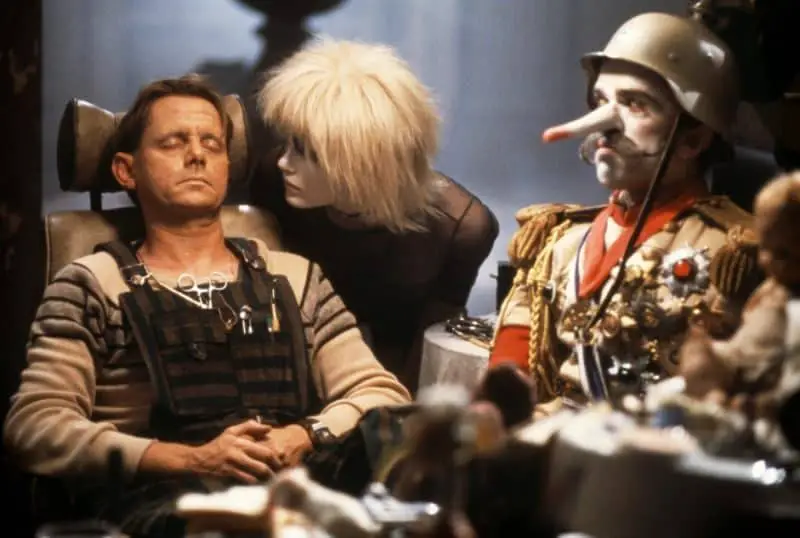
This is a bitter analogy: a person who is released longer than a replicant still considers his life too short, falls into despair and rebel against God. The conflict between the Creator and his creatures, the bitterness of the finiteness of life and consciousness is the central idea of the picture.
The meaning of the ending of the film
The dying Roy, who has been denied the right to life, saves Rick. A metal rod sticking out of his hand resembles Christ’s pierced wrists. He releases into the sky the symbol of Spirit and soul – a snow-white dove and dies.
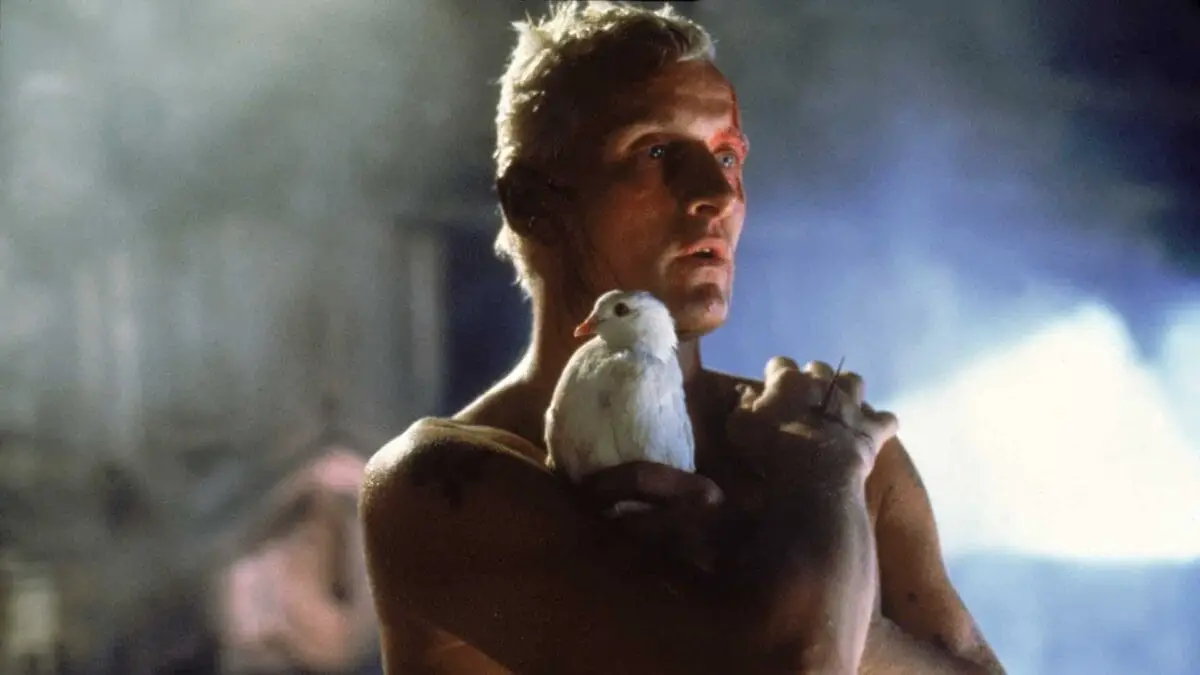
What is the difference between humans and replicants? It looks like it is thinner than a blade. Rick and Rachel love each other, but what will be the future of their love? And maybe the unicorn is not an indication that Rick is a replicant, but a symbol of the fabulousness, the unreality of love in a cruel world? What is a soul? What separates the living from the non-living?
To answer at least some of these questions, Blade Runner 2049 was filmed in 2017.
Oscar Runner
This time, Ridley Scott was only a producer. It was directed by Denis Villeneuve . The film did not pay off at the box office, but received a consolation Oscar for visual effects.
What happened between the moment the first film ended and the second?
Thirty years have passed since the dying Roy Beatty mourned his fate in the rain. The black colors of the tape were replaced by gray and yellow, and many events happened in the world of “running” and androids.

Although the head of Tyrell Corporation argued that he could not extend the life of replicants, it is obvious that he was hiding a hefty “ace up his sleeve”: new models were released without life restrictions. They no longer need lengthy testing: every replicant is branded on the eyeball.

In 2022, the replicants are staging an “electromagnetic apocalypse” to destroy all electronic media. They get their way – the data about them is erased. But on the other hand, humanity is thrown into the arms of poverty and hunger, and the replicants themselves are completely outside the law. The inventor of GMO foods, Niander Wallace, is saving people from starvation. Then he buys Tyrell Corporation and develops new androids that are completely submissive. Blade Runners have a new task – to find and kill old models.
Who is Niander Wallace?
The inventor is completely “playing with God”. He is not worried about the ethical problems of the production of androids, he does not want to make them more human, smarter and more durable. His thoughts are occupied only with the idea of the reproduction of replicants.
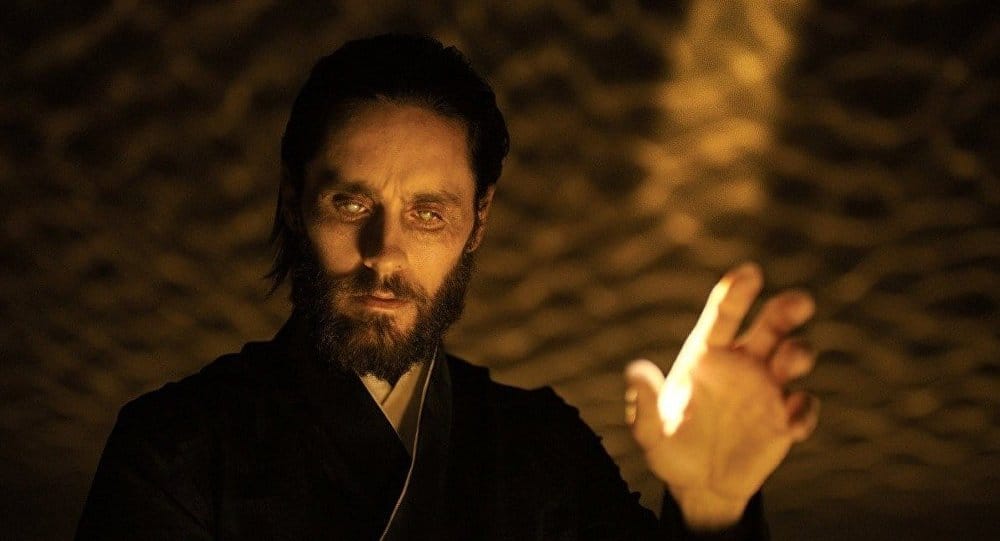
This has a twofold meaning. Wallace is blind. This suggests that he is also a replicant who destroyed his eyes along with the stigma of slavery, and now wants to make his fellows completely like people. Or he needs the function of self-reproduction of replicants to enrich his empire. He searches for a “miracle” hidden by the Rebel Replicants – the child of Deckard and Rachel – to steal Tyrell’s last secret.
Who is Kay?
Replicant, police officer and “blade runner”, Kay only at first glance seems content with his lot. Looking at him, no one asks the question – can the replicants feel. All his behavior is extremely emotional. His virtual “housekeeper” Joy – and she shows absolutely human qualities: love, care, dedication.
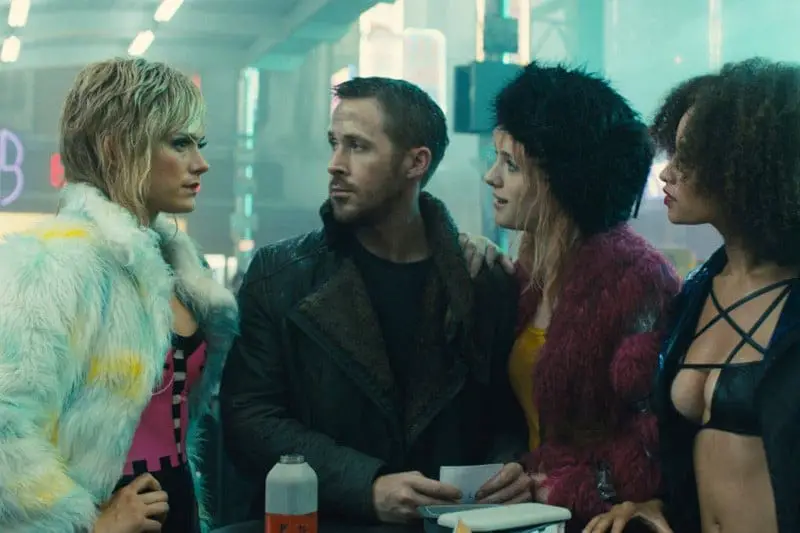
Kay’s reflections on his past and what he remembers about his childhood, which did not exist, raise another question, which was partially touched upon in the first film: how do implanted memories influence the formation of a replicant’s personality.
The main conflict of the film
The existence of Anna, the daughter of man and replicant, exhausts the conflict between creatures and creators. Obviously, the biological barriers between humans and replicants have disappeared. In this case, all the efforts of Neander Wallace and the rebel replicants are simply pointless. We are talking about the coexistence of two types. In today’s reality, this conflict can be reduced, in a simplified sense, to the confrontation between children born in a natural way and those born with IVF.
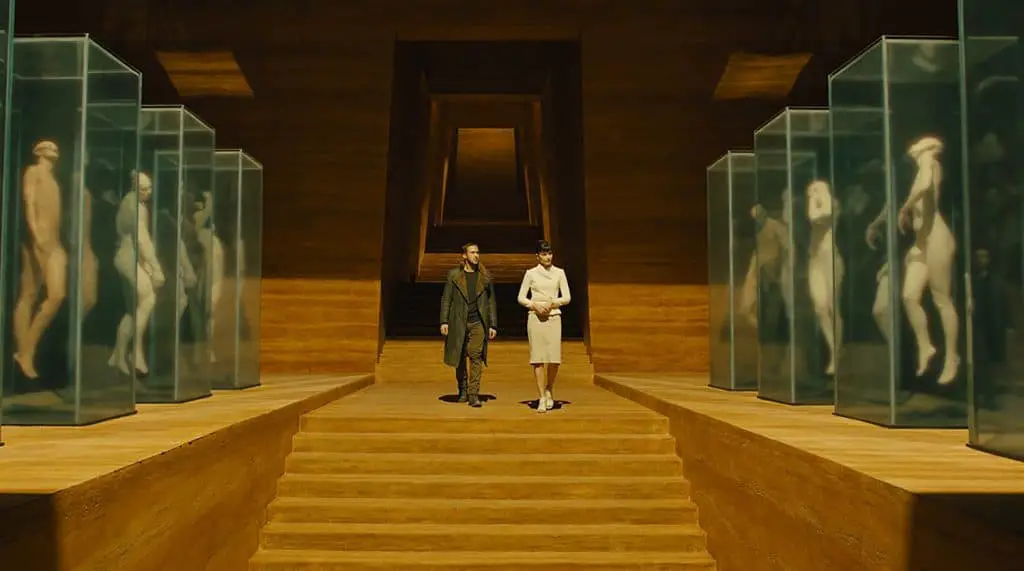
If Deckard is also a replicant, then the essence of the conflict is not exhausted, and Anna’s existence simply means the replicants’ ability to reproduce. This significantly reduces the semantic and philosophical load of the film and brings us back to the idea that Ford was right about his character.
The meaning of the ending of the film
The film concludes that the only thing that defines humanity is love. The soul is love. What we remember may be a lie. Memory can be deceiving. It is true what we think at the present moment, what we feel.
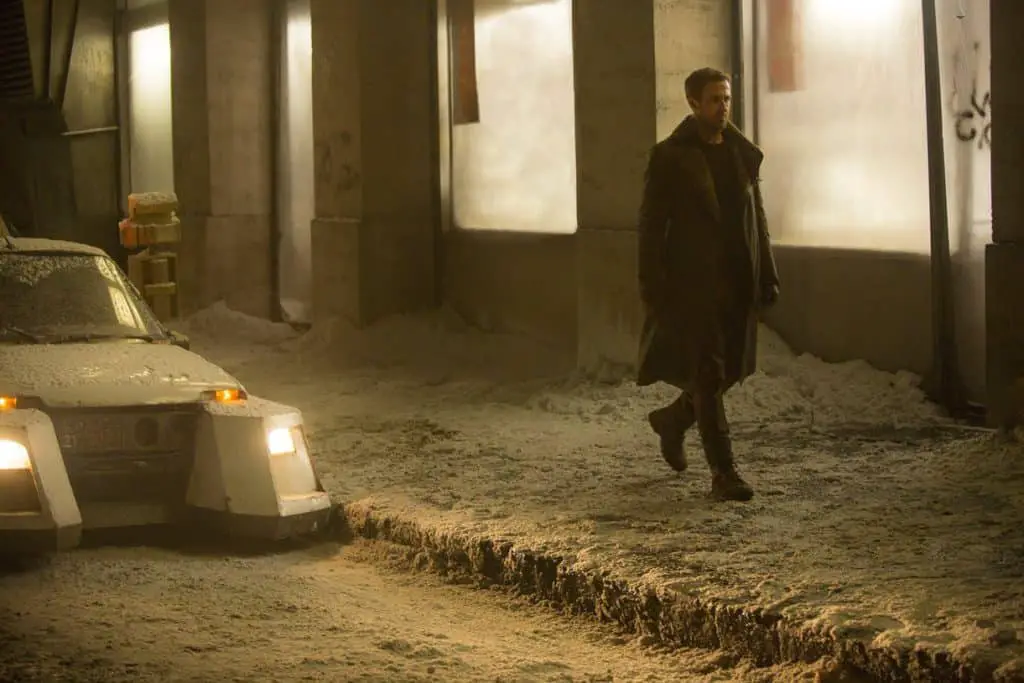
Kay selflessly saves Deckard and brings him to Anna at the cost of his own life. There is no physiological difference between people and replicants, there is no difference in emotional impulses. They love, hate, empathize in exactly the same way. The only question is the uniqueness or artificiality of their personal experience. That is why human and replicant Anna is a designer of implant memories.
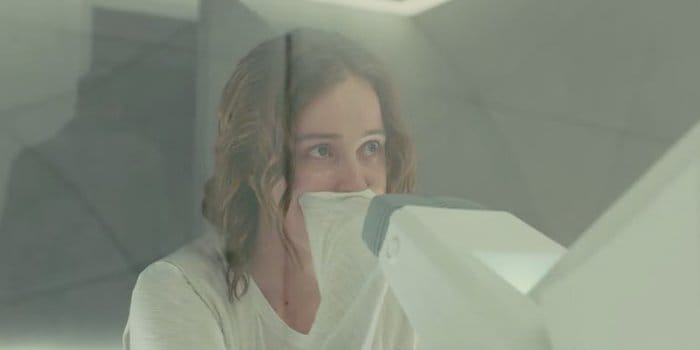
Only she can answer this question – if we wait for the continuation.







